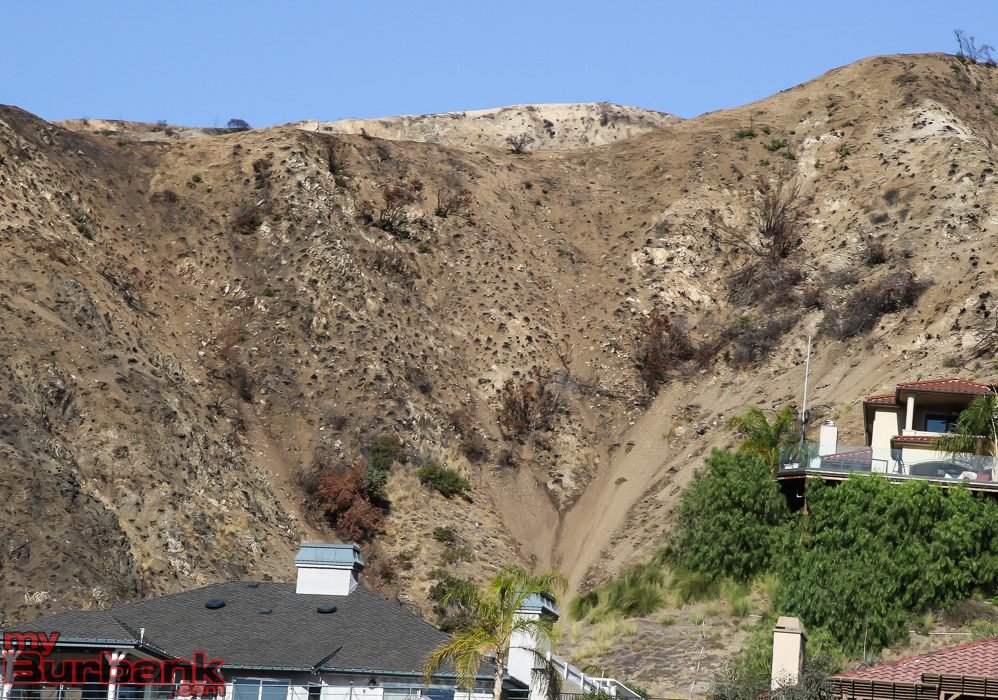
The La Tuna Fire has left a potential threat to our hillside community in Burbank. With much of the vegetation along the hills gone, and the rainy season fast approaching, Burbank city officials have negotiated a deal in which the city has received two miles of K-rails from the city of Glendora
Glendora purchased the large of amount of k-rails using grant money from the Federal Agency of Natural Conservation as a response to the Colby Fire four years ago. For the entirety of the four-year duration, the K-rails were used to line the curbs in neighborhoods to prevent damage from mudslides. However, while the k-rails were put in place, residents were not allowed to park on the street.
However, according to Emergency Management Coordinator, Eric Baumgardner, this won’t be the case for residents in the Burbank hills as there are currently no plans to place the K-rails directly in neighborhoods. Furthermore, the city of Burbank will not incur any costs for receiving the two miles of K-rails from the City of Glendora, other than its transportation to Burbank.
The deal works out for both cities as Glendora had no further use for the K-rails. Rather than storing them, which would cost them money, or recycling them, which would also cost them money, Glendora opted to share with their neighbors.
As of right now, current models project no imminent danger to surrounding neighborhoods of the La Tuna Fire. The K-rails will be deployed to project water tanks and other city infrastructure. As for the remaining K-rails, they will be stored near the Starlight Bowl.

When the rain storms do arrive, new projections will be made to assess whether or not the neighborhood homes are in danger. According to Baumgardner, the threat mudslides pose could last anywhere between 3-5 years. With that in mind, should K-rails need to be placed in neighborhoods, they will most likely remain in the neighborhood for that length of time. Furthermore, because the k-rails weigh around 8,000 pounds, the city must use expensive heavy machinery in order to place or remove K-rails. In this sense, if only a small number of K-rails are deployed to a neighborhood, then it is more likely that they will be removed after the rain season.





















